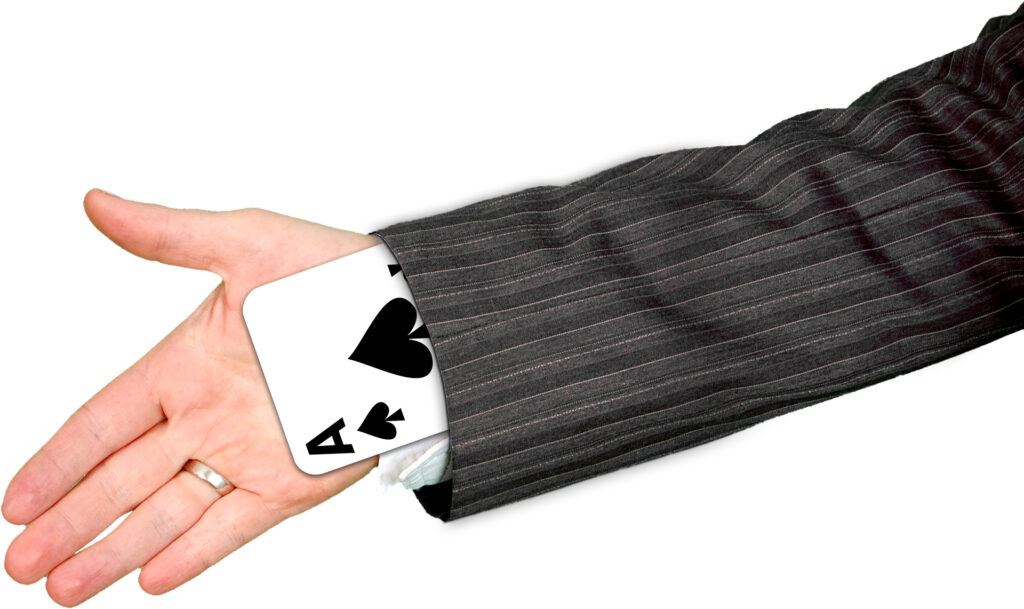How to Find Time to Write As a Busy Mom With Asheritah Ciuciu
www.NovelMarketingConference.com
www.NovelMarketingConference.com

Book Proposal Tips and Tricks with Ann Kroeker If you want to be traditionally published, you need to attract an agent and a publisher. To get an agent and publisher, you need an amazing book proposal. For an author, a book proposal is like a business plan and resume all in one. It communicates all […]
You can listen to this episode Book Proposal Tips and Tricks with Ann Kroeker on Christian …
If you want to be traditionally published, you need to attract an agent and a publisher. To get an agent and publisher, you need an amazing book proposal. For an author, a book proposal is like a business plan and resume all in one. It communicates all the important information about you, your book, and […]
You can listen to this episode Book Proposal Tips and Tricks with Ann Kroeker on Christian …
Learn how to write a book proposal that will attract the attention of agents and editors, in this interview with writing coach Ann Kroeker.www.NovelMarketingConference.com Support the show
Learn how to further engage your readers and earn income from your expertise by creating an online course that complements your book.www.NovelMarketingConference.com Support the show

Learn how to further engage your readers and earn income from your expertise by creating an online course that complements your book.
You can listen to this episode How to Adapt Your Book Idea Into an Online Course with Becky Kopitzke on Christian Publishing Show.
Learn how to further engage your readers and earn income from your expertise by creating an online course that complements your book.
You can listen to this episode How to Adapt Your Book Idea Into an Online Course with Becky Kopitzke on Christian Publishing Show.

Write better sentences using fewer words. Angela Hunt teaches authors how to identify needless words and ruthlessly cut or replace them.
You can listen to this episode How to Tighten Your Writing with Angela Hunt on Christian Publishing Show.
Write better sentences using fewer words. Angela Hunt teaches authors how to identify needless words and ruthlessly cut or replace them.
You can listen to this episode How to Tighten Your Writing with Angela Hunt on Christian Publishing Show.
Write better sentences using fewer words. Angela Hunt teaches authors how to identify needless words and ruthlessly cut or replace them.www.NovelMarketingConference.com Support the show

